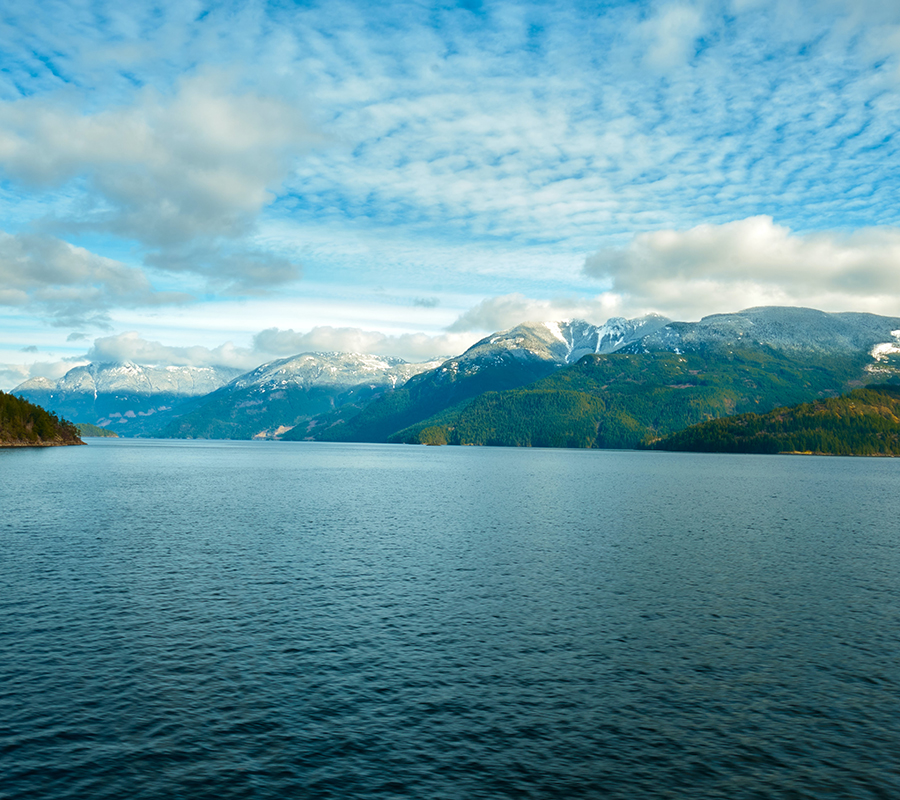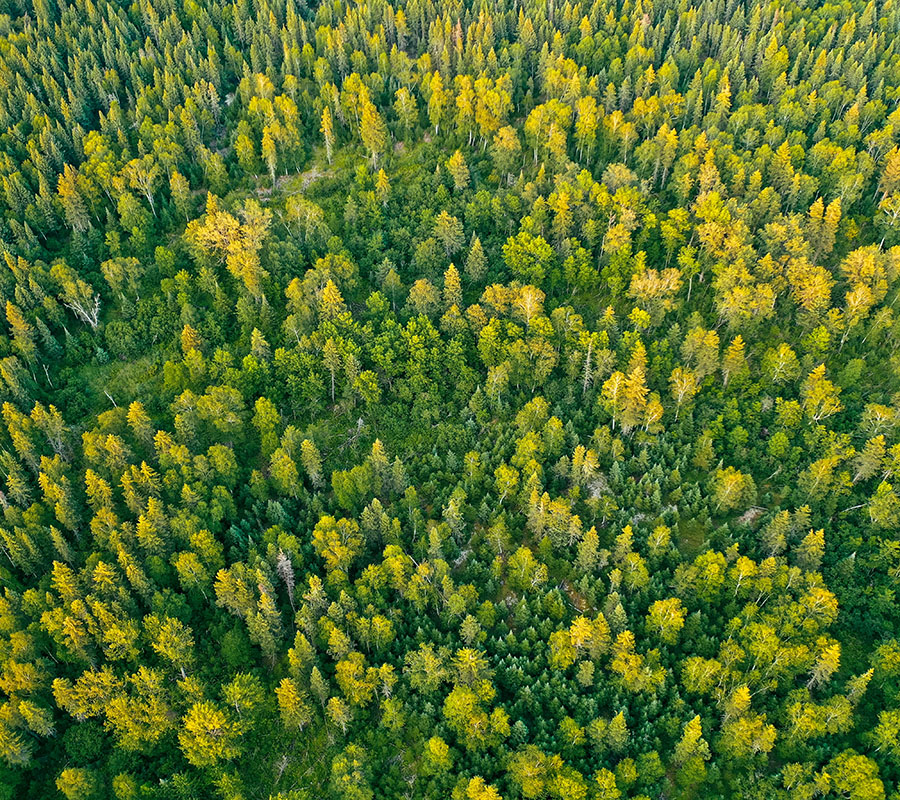
Local Conservation Funds in British Columbia: A Guide for Local Governments and Community Organizations
A guide to help local governments and community organizations to establish conservation funds.

The protection of threatened carbon-rich ecosystems has the biggest impact in the battle against climate change. Once an area is degraded or destroyed, it is costly and sometimes impossible to restore it back to its original state.
The government of Canada has made an unprecedented commitment to protecting 25% of Canada’s land and oceans by 2025, and 30% protection by 2030. These promises will be extremely important for the protection of biodiversity, and for stabilizing and reducing greenhouse gas emissions.
Through targeted protection, it’s possible to identify and safeguard Canadian landscapes that store significant amounts of carbon. Protecting these spaces in perpetuity will ensure that these landscapes are not destroyed and the carbon stored within them is not released into the atmosphere.
There are many ways that municipalities and local organizations can work to protect areas within their jurisdiction as a nature-based climate solution:

The process of using biodiversity and climate data to identify and enact new protected areas.
Safeguard natural carbon stores through emission compensation.
Land-use planning policies can help protect areas that have high carbon sequestration value and biodiversity.
Targeted protection is the process of using biodiversity and climate data to identify and enact new protected areas. Key actions include the greater protection of biodiverse and carbon-rich areas, including moratoria on:
Increased resourcing of Indigenous leadership in conservation and protection (e.g. Indigenous Protection and Conservation Areas, Guardian program) is needed. While community-based land protection initiatives are expanding.


Targeted protection is the process of using biodiversity and climate data to identify and enact new protected areas. Key actions include the greater protection of biodiverse and carbon-rich areas, including moratoria on:
Increased resourcing of Indigenous leadership in conservation and protection (e.g. Indigenous Protection and Conservation Areas, Guardian program) is needed. While community-based land protection initiatives are expanding.

Carbon offset projects safeguard natural carbon stores through compensation for emissions from an activity being undertaken somewhere else. They can be a good way to secure funding for the protection of areas that are of high-carbon value.
It’s important to ensure that these projects fund additional protection of landscapes that otherwise would not have happened and that they do not replace the obligations of emitters to also reduce GHGs.
Municipalities can protect areas that have high carbon sequestration and biodiversity value through land-use planning policies that reject the development of sensitive areas.
Although formal protection through provincial or federal policy is preferable in order to ensure these areas will be protected in perpetuity, land-use planning offers a good solution that is within municipal control.


Municipalities can protect areas that have high carbon sequestration and biodiversity value through land-use planning policies that reject the development of sensitive areas.
Although formal protection through provincial or federal policy is preferable in order to ensure these areas will be protected in perpetuity, land-use planning offers a good solution that is within municipal control.
Examples
Check out these examples of ways that protection is used as a nature-based climate solution, from local neighbourhood level to nation-wide initiatives. They might help you to think of projects for your community!
Here are organizations that you can contact to learn more about protection as a nature-based climate solution.
Canada’s wilderness is the world’s envy. It’s our duty to keep our true north strong and green.
Donate